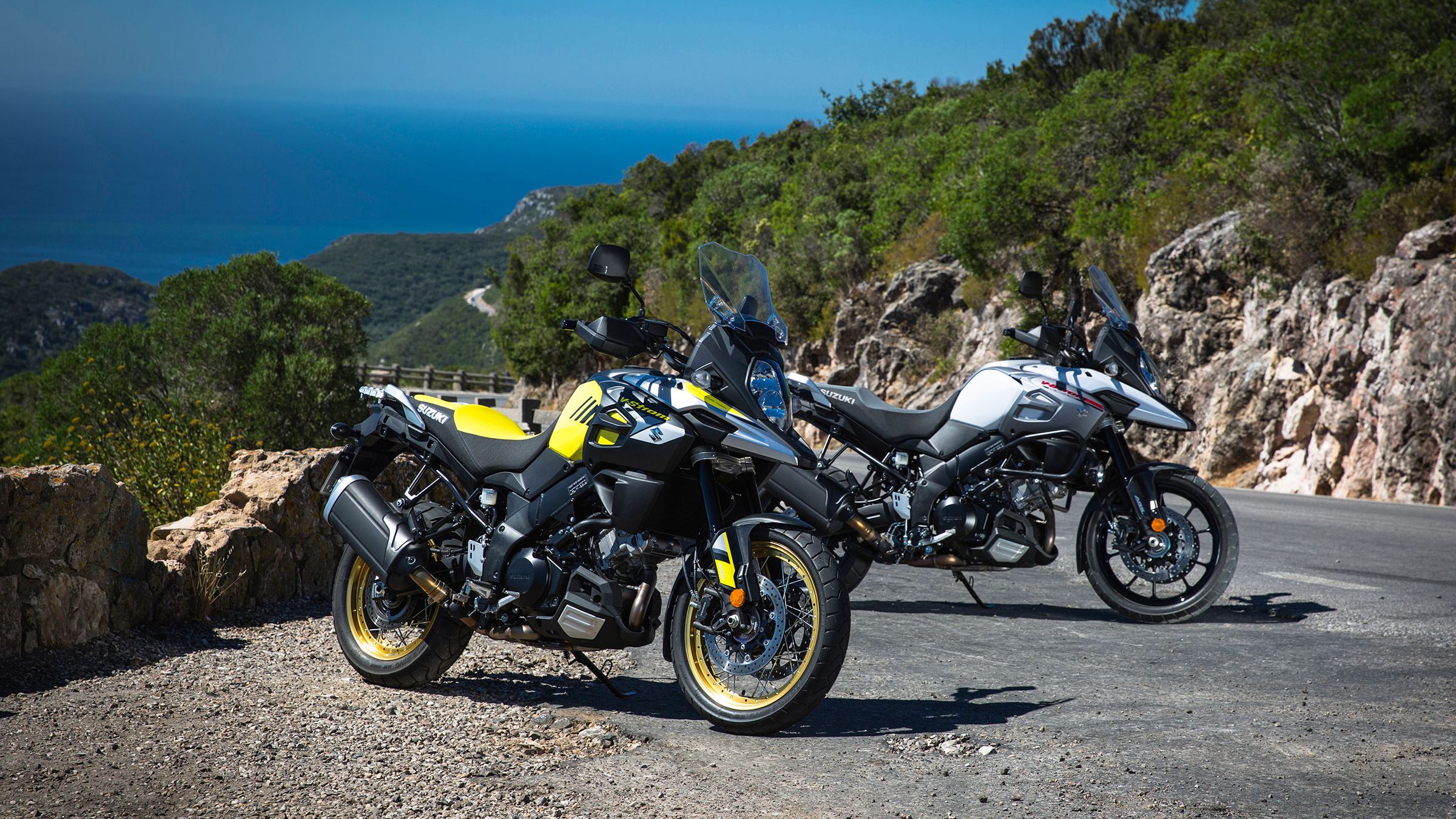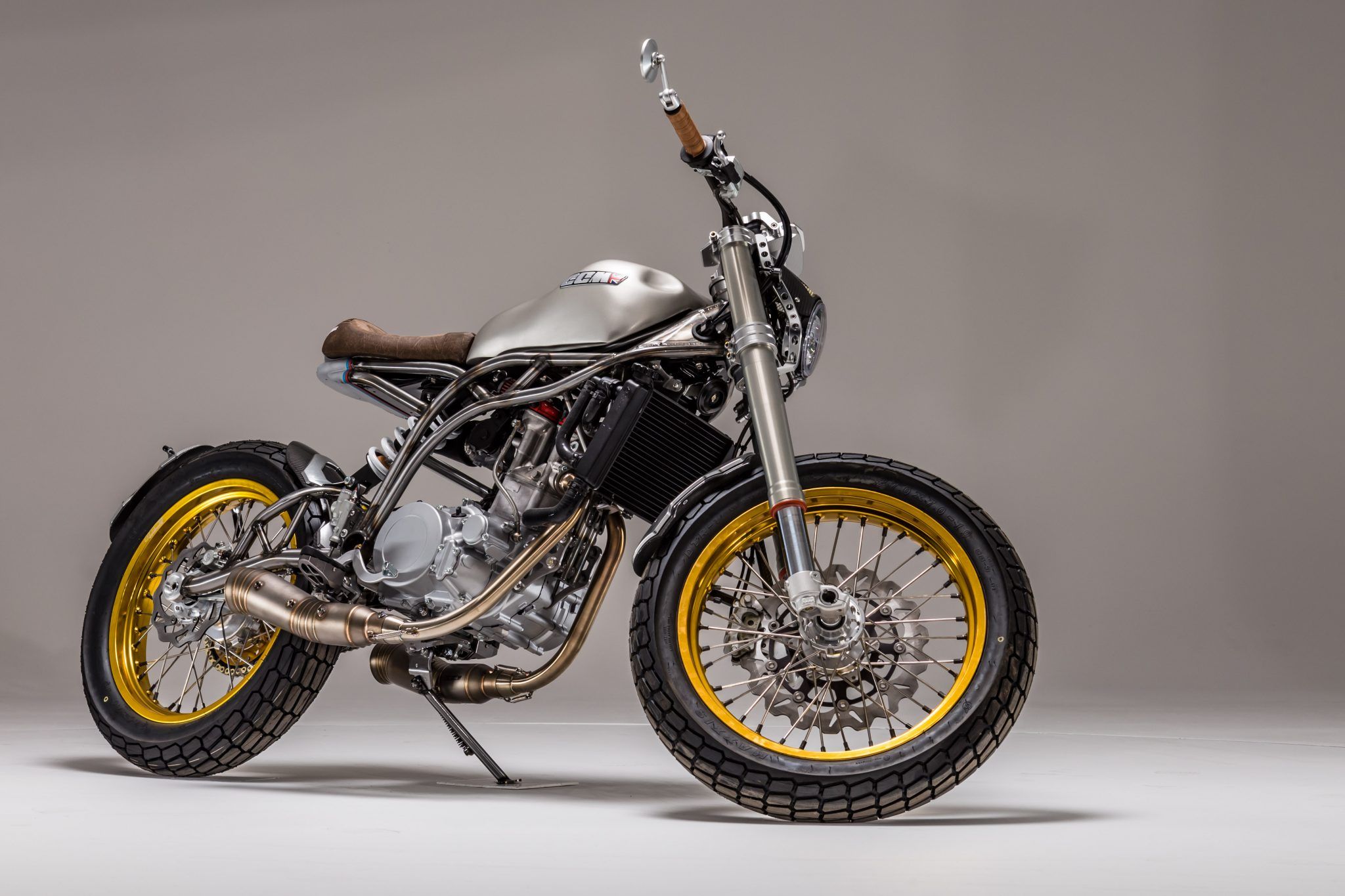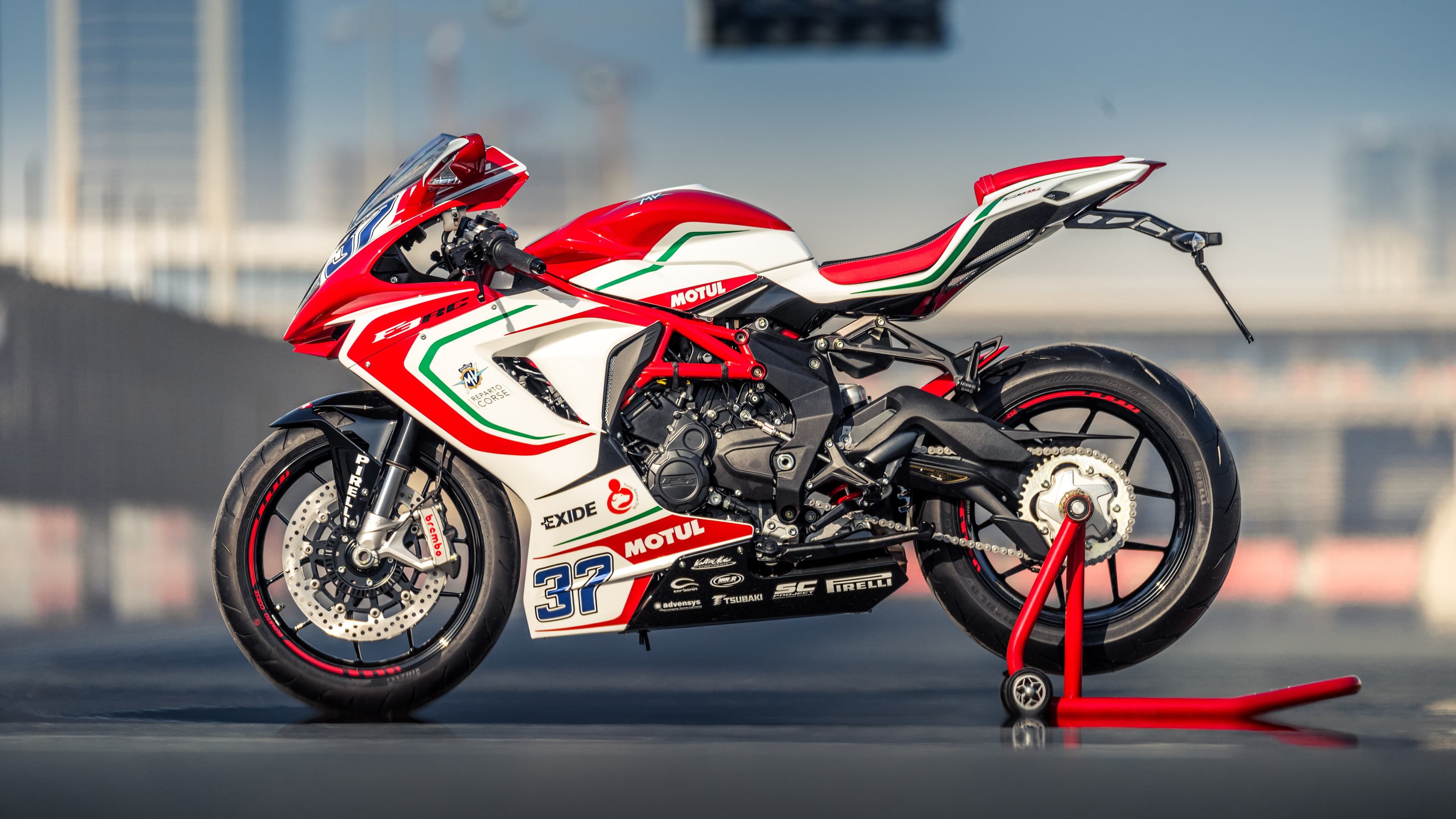Back when it all began, wheels were made of wooden rims and wired spokes. It was only in the 20s’ that production of motorcycle wheels with aluminum rims began, and then BMW->ke1398 patented the spoked wheel that cross ran the spokes, allowing the use of tubeless tires. It was only in the ’70s that manufacturers began using Cast Wheels on their high-performing machines.
Even today, both spoked wheels and cast wheels are darn on motorcycles, and are done more so for functionality reasons than for as a fashion element, but is definitely not limited to it. Read on to know the advantages and drawbacks of each of these and to gain inputs while choosing one for your ride.
Spoked wheels:
Although this might be considered as “low-tech”, spoked wheels are still mandatory on motocross->ke295 bikes, dual-sports->ke3133, scramblers->ke5343, and serious adventure->ke5318 machines for they can manage with higher radial and axial forces compared to one-piece cast wheels. Spokes give the wheels strength by creating tension between the hub and the rim.
Advantages of Spoked wheels:
1. On rougher terrains, your motorcycle tires and wheels will have to endure through large rocks or massive ruts that may force the wheels to bend and flex to a certain degree.
2. Spoked wheels are best capable of coping with such requisites as they can handle the radial forces without deforming the rims.
3. Although primitive straight spoked wheels were not so great with handling torsional forces, manufacturers dealt with it by lacing the spokes across other spokes on the same side to increases torsional strength and cope with aggressive braking forces and accelerations. Most motorcycle rims are laced in a three- or four-cross pattern for the same reason.
4. That said, many modern retro machines and cruisers are still equipped with spoked wheels only for their aesthetic elegance rather than functionality.
5. They are also easy to repair with just a hammer and a couple of blocks of wood that may straighten out small dents in the laced motorcycle rims. Broken spokes can be easily replaced, as well.
Drawbacks of spoked wheels:
1. They are not preferred for high speeds stability, especially for fast-paced cornering performances.
2. Spoked wheels are heavier and more expensive compared to cast wheels.
3. Spoked wheeled tires must contain rubber tubes that are prone to punctures.
4. Broken spokes may also push into the wheel and puncture the tube.
5. They are harder to clean, for they have tight spots, and water and dust residue may lead to rust or corrosion.
6. Aluminum rims could corrode over a period, and chemicals used for bike maintenance (like brake fluid or chain lubricants) can damage that coating.
7. The wheel can slowly lose tension and drift out of true over time, and if left unchecked, may wobble and hamper riding conditions.
Here’s a link to a video to maintain the spokes on your motorcycle:
Cast Wheels
Developed to be used on high-performance motorcycles, cast alloy wheels saw the first daylight in the 70s’. They were a much lighter option for motorcycles that had speed written all over them. Cast wheels today are predominantly made from an aluminum-alloy, but can also be made from more exotic materials, such as magnesium content alloy or even composite carbon fiber.
Advantages of Cast Wheels:
1. Cast wheels are known to have a better torsional stiffness compared to spoked rims and work best under aggressive acceleration and braking duties.
2. They are more rigid in construction and hence provide better handling abilities for the motorcycles and are more predictable in turns.
3. Cast wheels employ tubeless tires for higher speed and better retention of inflation.
4. They are a much lighter option due to smaller hub sizes and can accommodate multiple designs.
5. Maintaining a cast wheel is pretty straightforward, with just a good water wipe would do the job. It is also highly resistant to chemicals and corrosion.
6. Alloy wheels are much cheaper and easier to produce on a large scale.
7. Replacing the tires is an easy affair with the alloy wheels compared to the spoked ones.
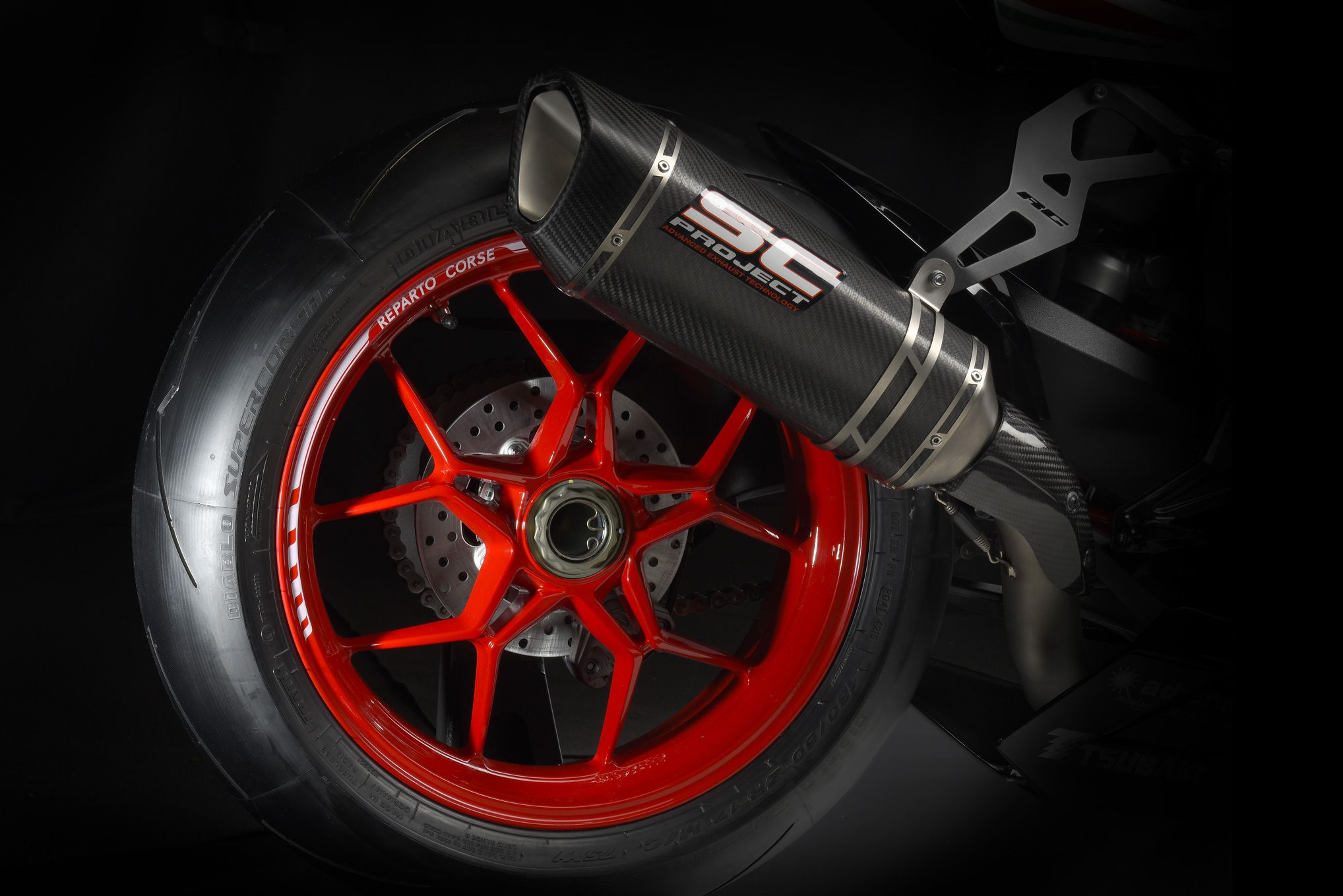
|
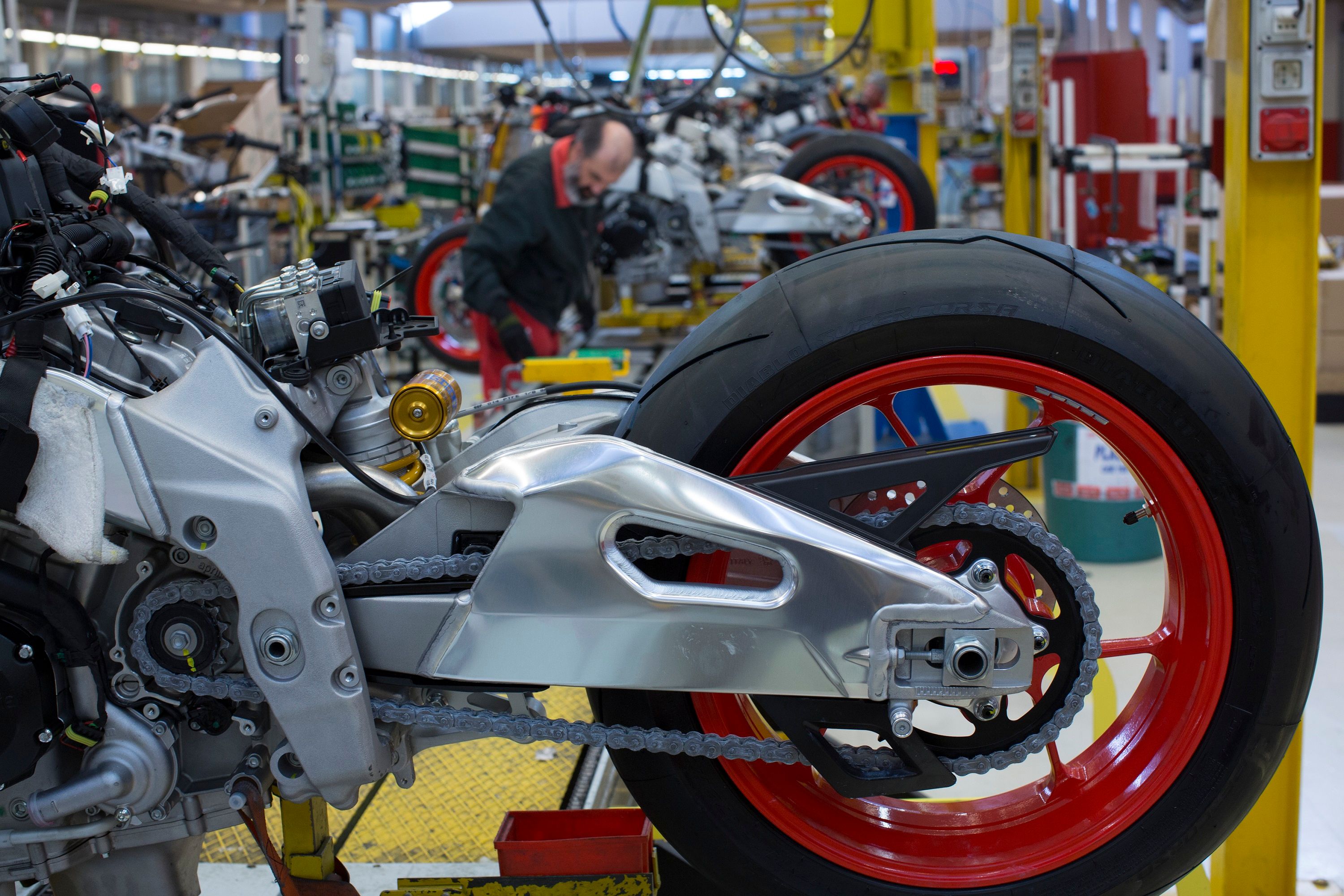
|
Drawbacks of Cast Wheels:
Since cast wheels are more rigid, they are less subsection to any form of deflections. This solid, unflexing nature forces the loads to be localized over a small area and may cause the alloy to crack and render them useless. The only option is to replace them altogether.
Here’s a link to a video to maintain the alloy wheels on your motorcycle:

